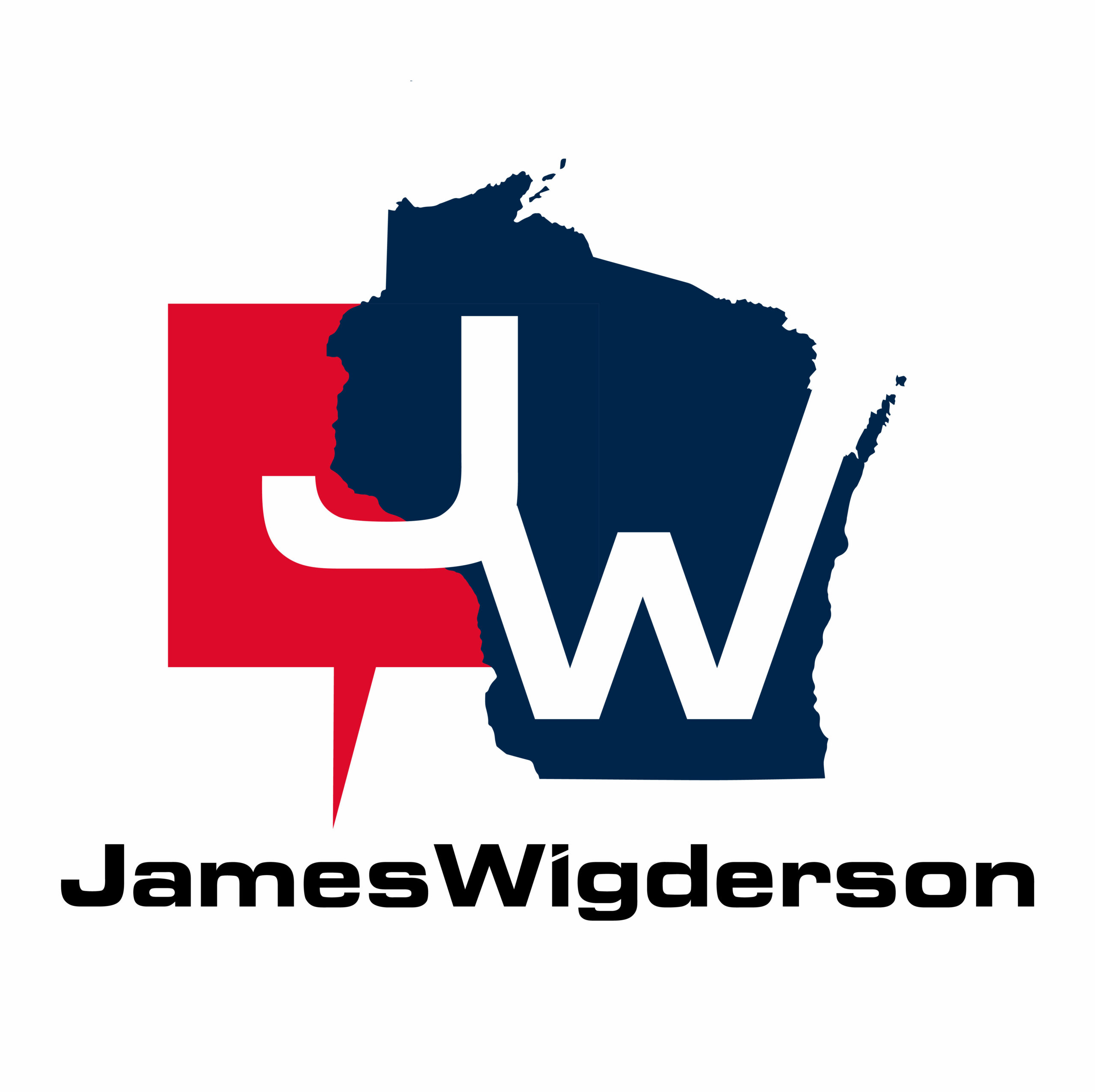Today is report card day for K-12 schools in Wisconsin. This years report cards include two major changes – the inclusion of private schools in the choice programs – and the use of student growth as a metric for school performance.
I took a deep dive into the data, using an econometric model that takes into account a number of characteristics of Wisconsin’s schools so that comparisons can be made on an even playing field. These include control variables for race, economic status, English language learners, enrollment, and school type.
My immediate takeaway: charter schools and private schools in the choice program have significantly higher student growth and higher levels of proficiency compared to traditional public schools. This is a game changer for school choice.
- Student Growth is Significantly Higher in Choice & Charter Relative to Traditional Public Schools.
By far the most intriguing addition this year is the ability to compare growth between students in choice schools with students in traditional public schools. Particularly in large, urban areas like Milwaukee, students often enter the classroom several grade levels behind where they would be expected to be. Growth scores account for factors that tend to slow student progress (such as poverty and whether the student is an English language learner), and credits schools for exceeding these predictions.
The figure below depicts the amount of growth in each choice sector relative to the traditional public schools in the area.

Long story short, choice and charter schools are far exceeding the competition when it comes to growth. And it’s not even close.
In the Milwaukee Parental Choice Program, students experienced, on average, 8.73 percent higher growth rates than students in MPS. Milwaukee area charter schools experienced nearly 15 percent higher growth rates than MPS. Perhaps even more exciting, students in the Racine Parental Choice Program experienced 24 percent higher growth than students in Racine Unified Schools. Growth rates in the Wisconsin Parental Choice Program were on par with growth rates for public schools statewide.
- Students have Higher Levels of Proficiency in Choice & Charter Relative to Traditional Public Schools.
The other major component of the report card related directly to academic achievement is the proficiency rate. This represents the percentage of students in the school who scored proficient or above on the Forward Exam in Mathematics or English/Language Arts. Previous research by WILL has found higher proficiency rates in the MPCP and charter schools relative to MPS, and this year’s results are no different. The figure below depicts the proficiency rate in mathematics for students in Milwaukee’s choice and charter sector relative to MPS. Once again, all relevant controls were included in the analysis.

Students in the MPCP were approximately 4 percent more likely to score proficient than students in MPS. Students in charters had approximately 8 percent higher proficiency rates in non-district charters and 11 percent higher rates in district charters. Proficiency rates in the RPCP and WPCP were about the same as those for public schools in those areas. Similar results were found in English proficiency.
There is far more analysis to be conducted. But this preliminary look at the data shows astonishing results for the Milwaukee Parental Choice Program (MPCP), Racine Parental Choice Program (RPCP), and Wisconsin’s charter schools. These alternatives to traditional public schools are performing better when one looks at student growth both over multiple years and a one-year snapshot.
Of course alternatives to public schools may offer children many other benefits, including a safer environment, or exposure to the sort of moral messages that have been largely removed from public education. But these results make clear that families in Wisconsin don’t have to sacrifice educational quality to get those other benefits for their kids.


